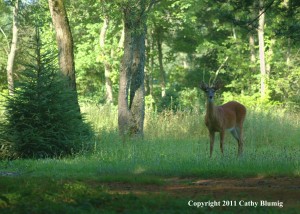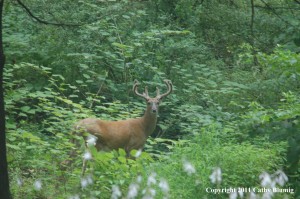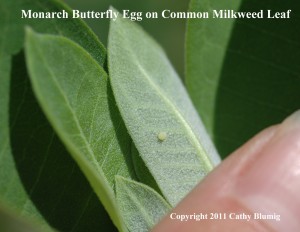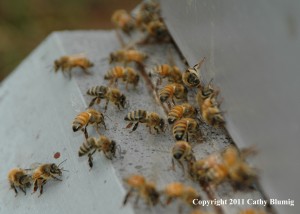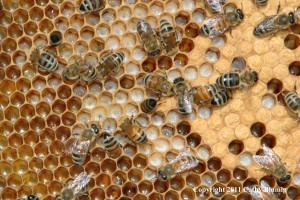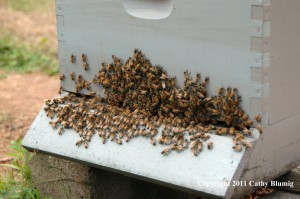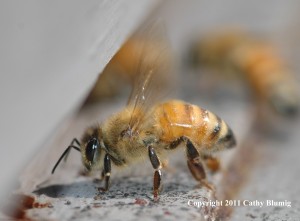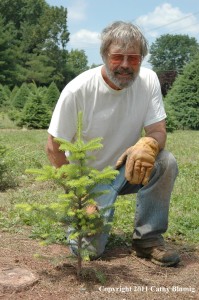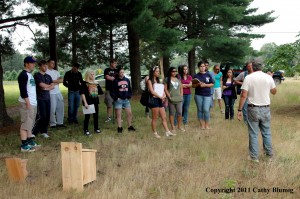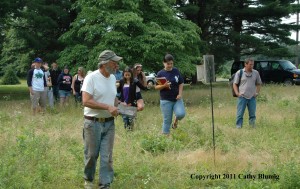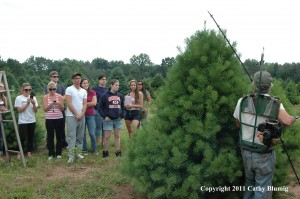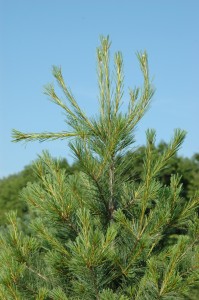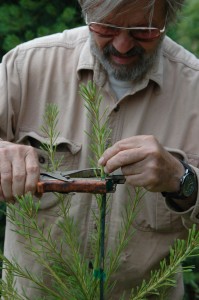The largest mammals that are regularly seen here at Wolgast Tree Farm are White-tailed deer. At this time of year, virtually all of the male deer that we see (called bucks) that are at least a year of age are growing antlers.
Unlike horns, which are permanent features of an animal’s head (like on a sheep) and are made of dead tissue just like our hair and fingernails, antlers grow each year from a special place at the base of the deer’s skull called a pedicle, and are eventually cast off in late winter, and then regrow later in the spring. While they are growing, antlers are living tissue (true bone) covered with a special skin called velvet. 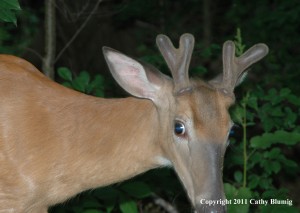 Velvet has both nerves and blood vessels that supply the growing antlers with nutrients and oxygen. It is called velvet because it is covered with numerous fine hairs that give the skin a velvet-like feel.
Velvet has both nerves and blood vessels that supply the growing antlers with nutrients and oxygen. It is called velvet because it is covered with numerous fine hairs that give the skin a velvet-like feel.
When the antlers become fully developed, the velvet dies and is rubbed off by the buck on to surrounding vegetation. This usually happens sometime in early September before the fall equinox.
Right now though, they are growing. Just how big they’ll get depends on the interaction of at least three factors: the buck’s age, genetics and access to nutrition. (For the record, you can’t tell how old a deer is by counting the number of points on its antlers. Instead, wildlife biologists will examine their teeth to determine a deer’s age).
We’ve enjoyed watching the antler development on some of the deer we’ve seen around the area, even though the antlers can be used by bucks to cause problems with our trees later in the fall. More on that in the future.
Regardless, humankind has had a fascination with antlers for eons and then some, and we are no exception here at Wolgast Tree Farm.
